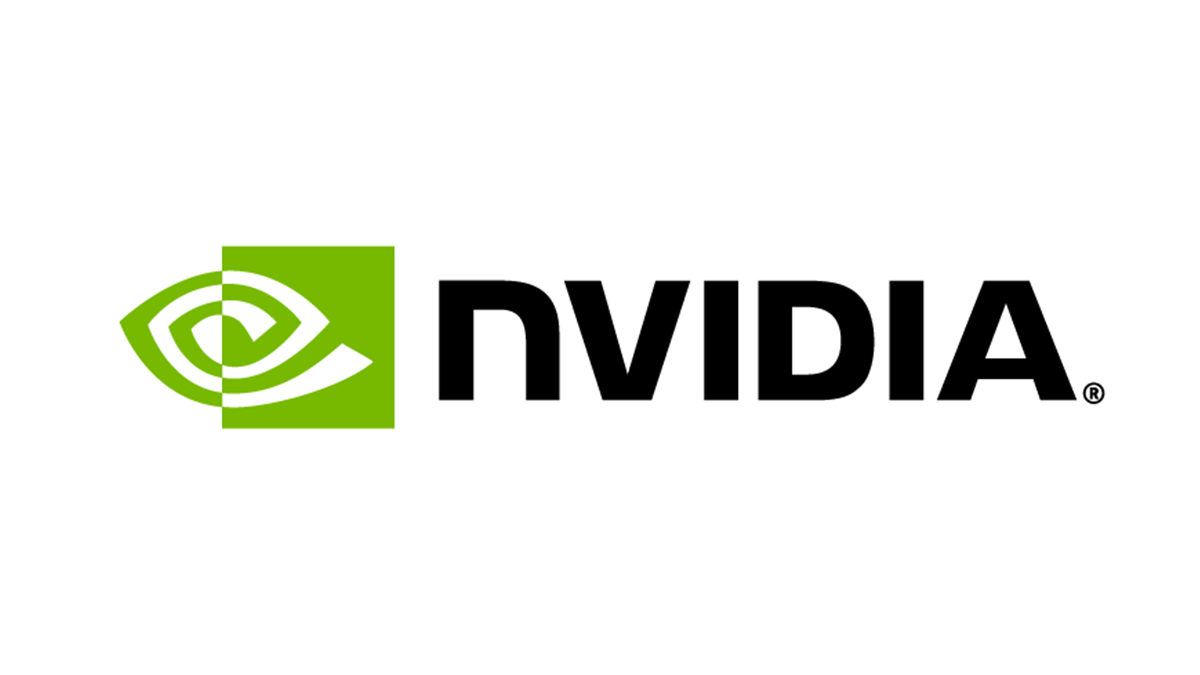In 2022, investors navigated a brutal financial landscape. However, a glimmer of opportunity emerged during this tumultuous period. This silver lining involved buying stocks and bonds mere seconds before Federal Reserve Chair Jerome Powell took the stage for his post-Federal Open Market Committee (FOMC) press conferences and selling them as he concluded. This approach, somewhat counterintuitively, became a reliable money-making proposition throughout the year.
The FOMC Strategy: A Flashback
When the Federal Reserve (Fed) began increasing interest rates in March 2022, investors who implemented this strategy saw astonishing returns within the 60-minute window surrounding Powell’s statements. Impressive stock market gains of 1.6% were observed during this period, and these numbers persisted. May and June meetings registered 2% gains, while July saw another 1.6% surge. Whether Powell’s comments were dovish or just less hawkish than the preceding FOMC statement, traders capitalized on the situation, resulting in a 1.6% stock surge in the following February. Similar trends were seen in bond markets, albeit on a smaller scale.

The End of an Era
Today, however, this lucrative period appears to have run its course. If we disregard the surge in February, Powell’s recent press conferences have primarily resulted in minor losses. The most affected by this downturn are the swift, quant-heavy firms believed to have benefited most from the FOMC trade.
More significantly, there is an essential underlying message: the wild market volatility seen at the beginning of the rate-hiking cycle is gradually fading. As inflation cools down, the economy stabilizes, and the Fed nears the end of its rate hikes—with a quarter-point increase today and potentially another in the coming months—the predictability of future rates has increased substantially. This shift leaves less room for traders to misinterpret Powell’s comments.
The Powell Puzzle: Various Theories
Powell has faced criticism for his occasional failure to communicate the Fed’s anti-inflation stance clearly. However, the mystery of why traders consistently increased their bids as he spoke remains. Multiple theories attempt to explain this phenomenon.
One explanation suggests that Powell is more dovish than the broader 12-member committee that sets rates, while another posits that he carefully curates his responses to appease the committee’s dovish members. An additional theory proposes that Powell’s repeated use of specific terms—like ‘disinflation’ and ‘financial conditions’—triggered buy orders from algorithms.
The most prevalent theory, though, implies that investors simply chose to hear what they wanted. After amassing fortunes during the two-decade-long bull market in stocks and bonds, investors yearn for a return to the record-low interest rates that propelled those profits. They latched onto any statements, however peripheral, that suggested the end of the hiking cycle (and imminent rate cuts), even if Powell did not intend to convey this.

Looking Forward
“The hikes most likely are coming to an end,” said Ed Al-Hussainy, global rates strategist at Columbia Threadneedle. “So do you want to use the playbook from 2022? I wouldn’t do it. I would take my profits and hang onto them and go do something else.”
As the financial world awaits the Fed’s rate decision, set to be released at 2 p.m. in Washington today, and Powell’s subsequent address half an hour later, traders must adapt to these changing dynamics. The era of easy-money FOMC days appears to be over. Investors must recalibrate their strategies, adapting to a more predictable and stable economic environment. The shift is inevitable, and the ability to adapt will define success in this new era.



